Peter Scott / Group exhibition Arcadias at Magenta Plains, New York
Peter Scott solo exhibition:
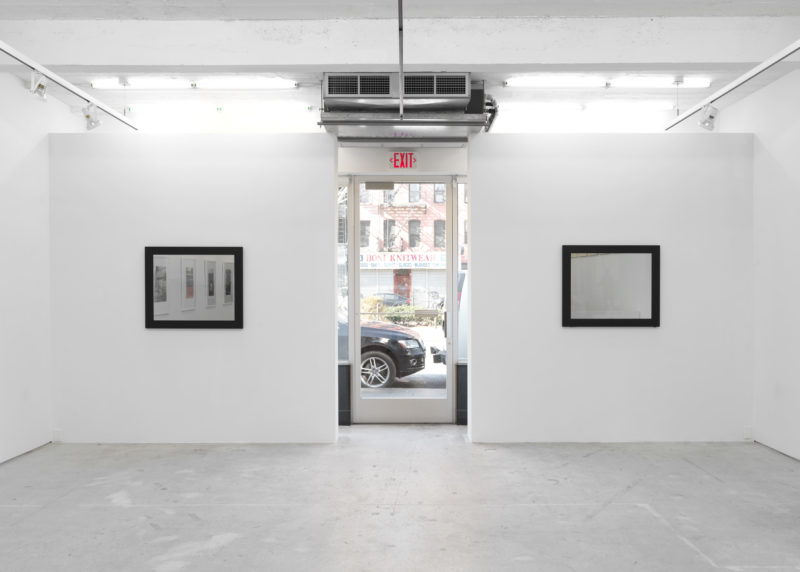
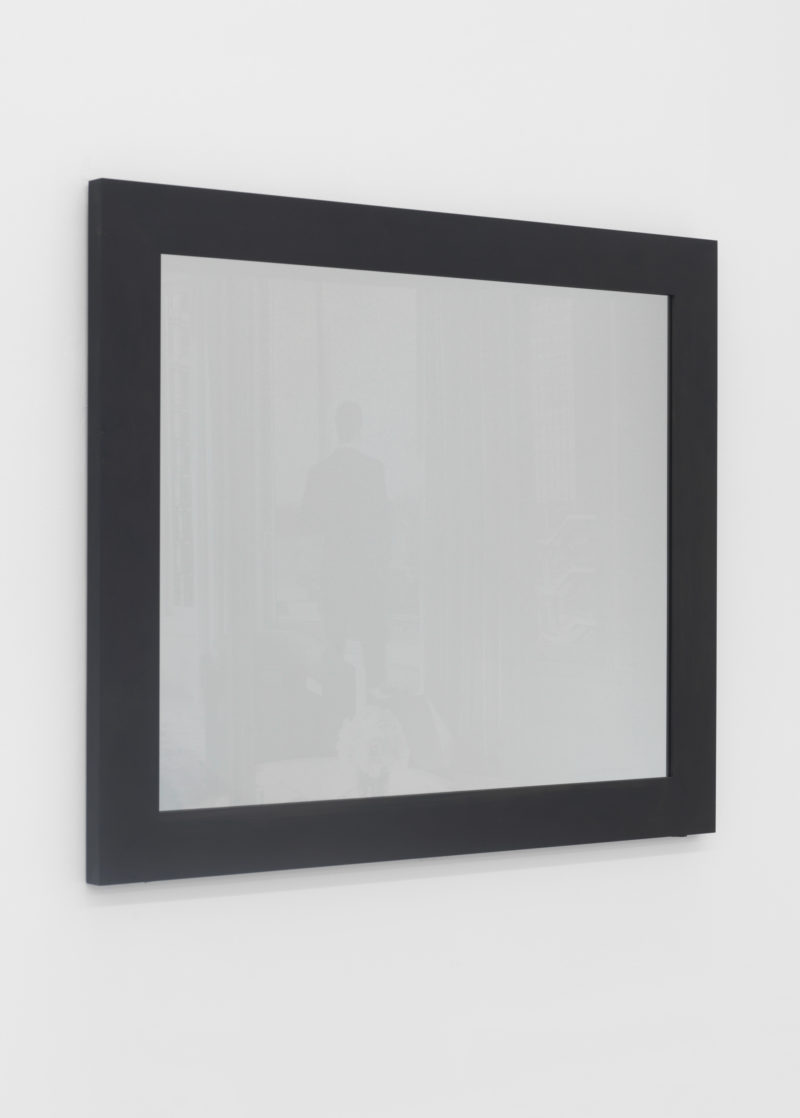
False wall, one way mirror, photograph
Dimensions variable
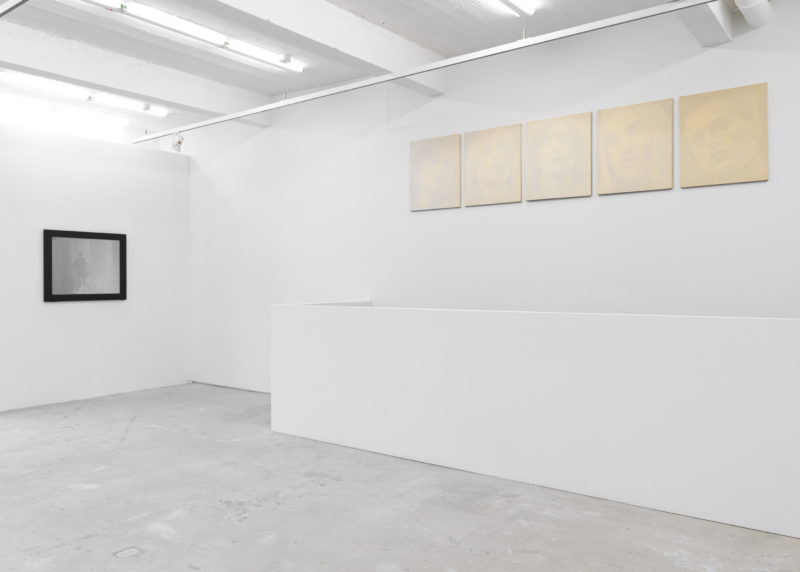
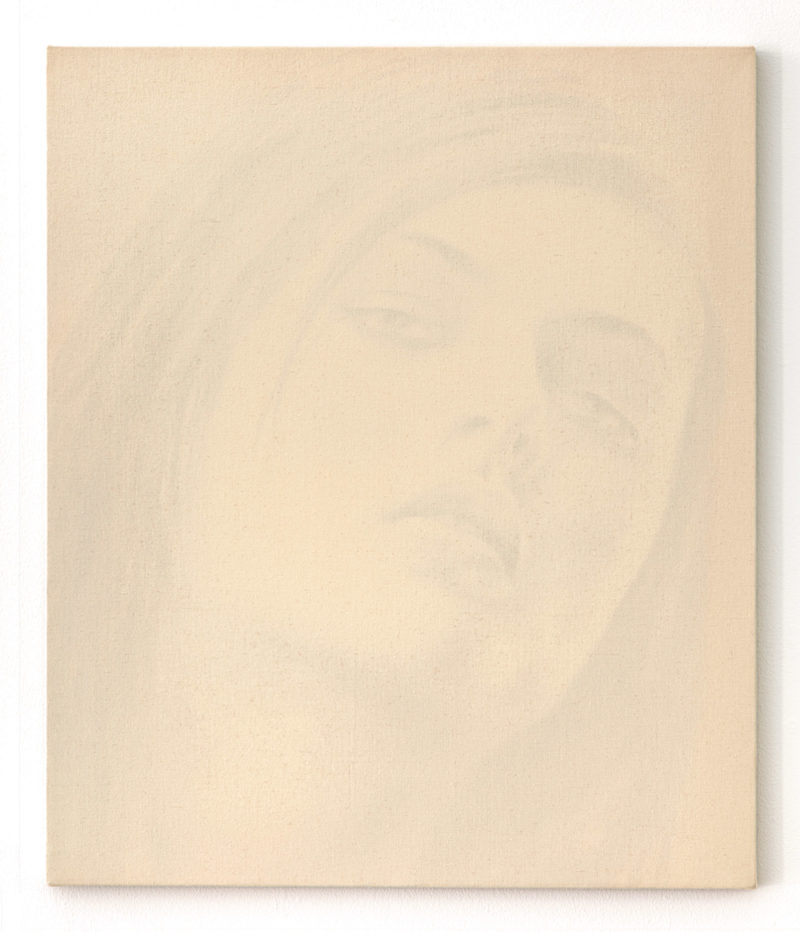
Acrylic on reverse of canvas
26h x 22w x 1d in
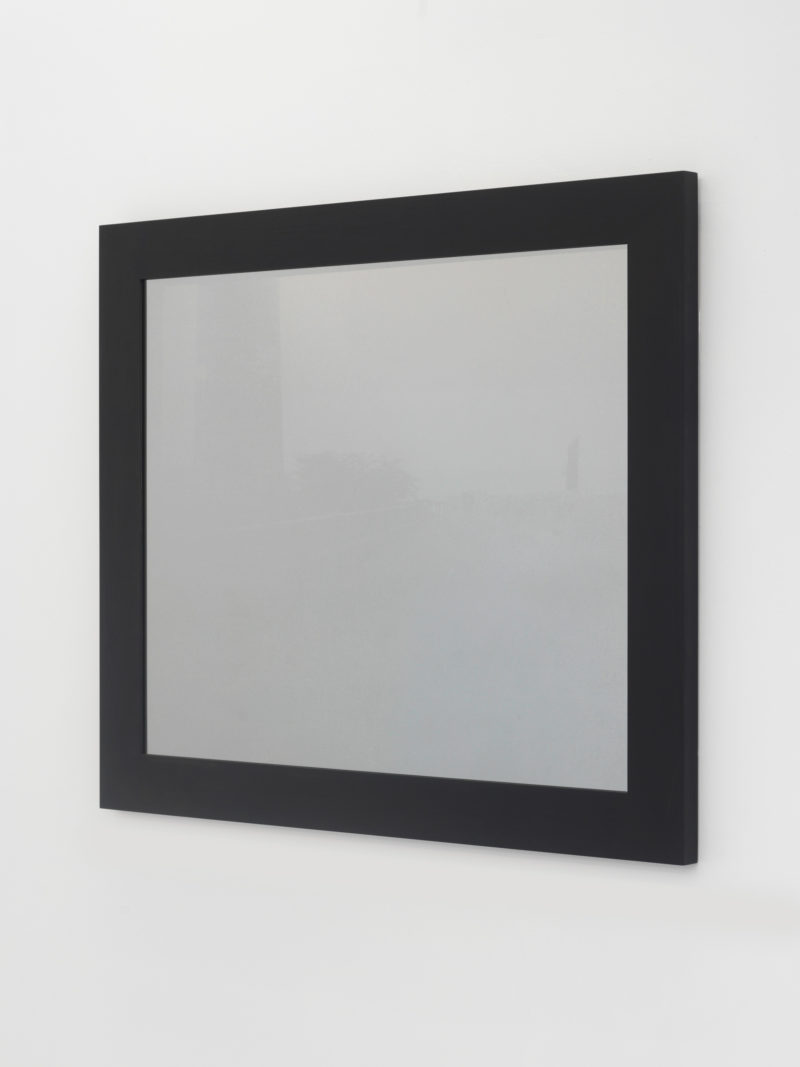
False wall, one way mirror, photograph
Dimensions variable
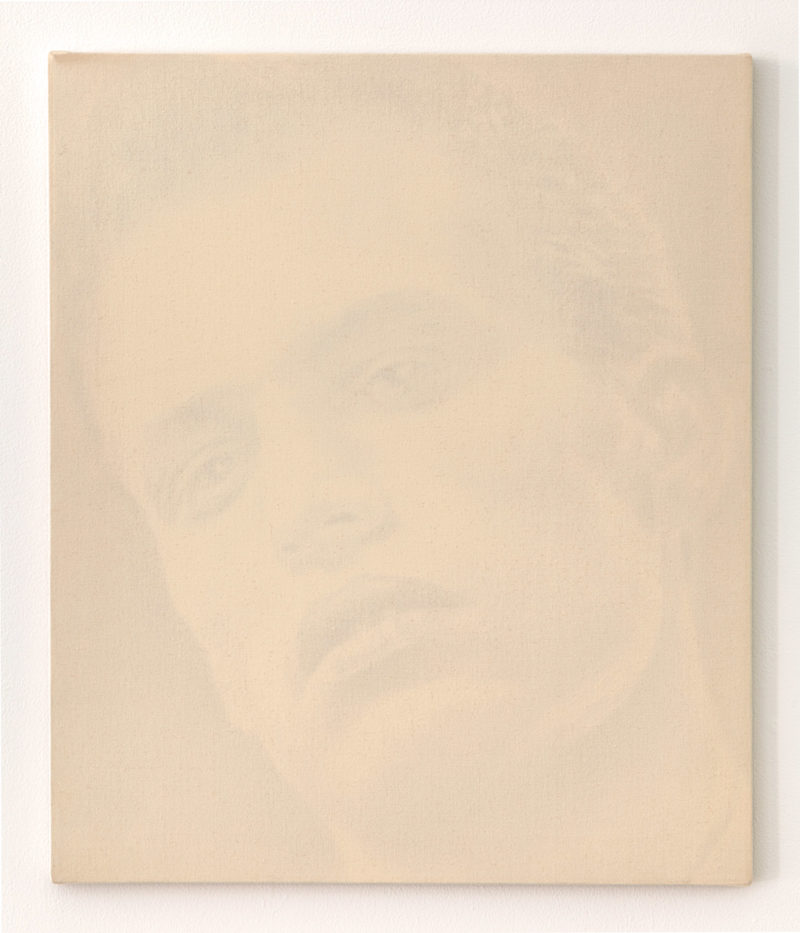
Acrylic on reverse of canvas
26h x 22w x 1d in
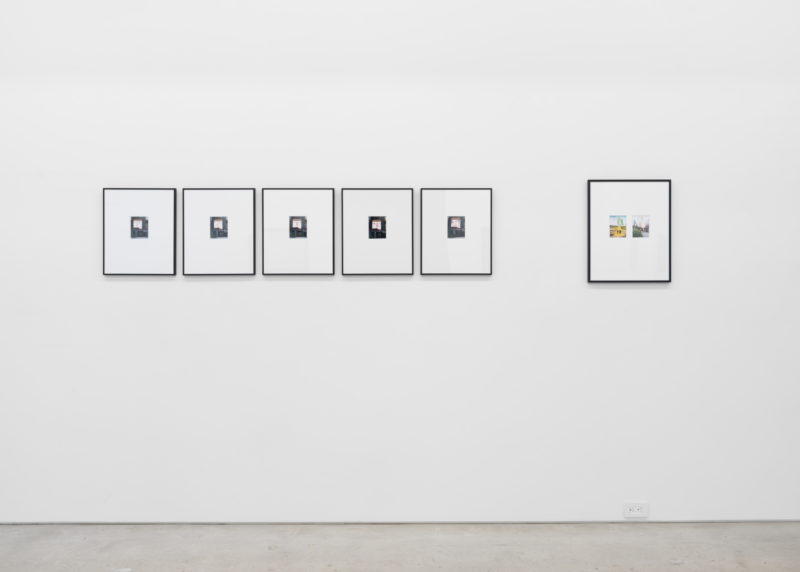
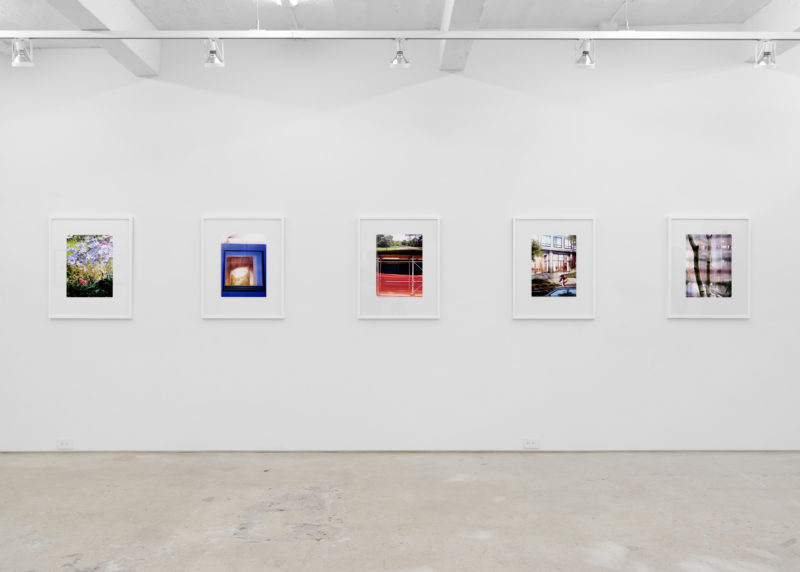
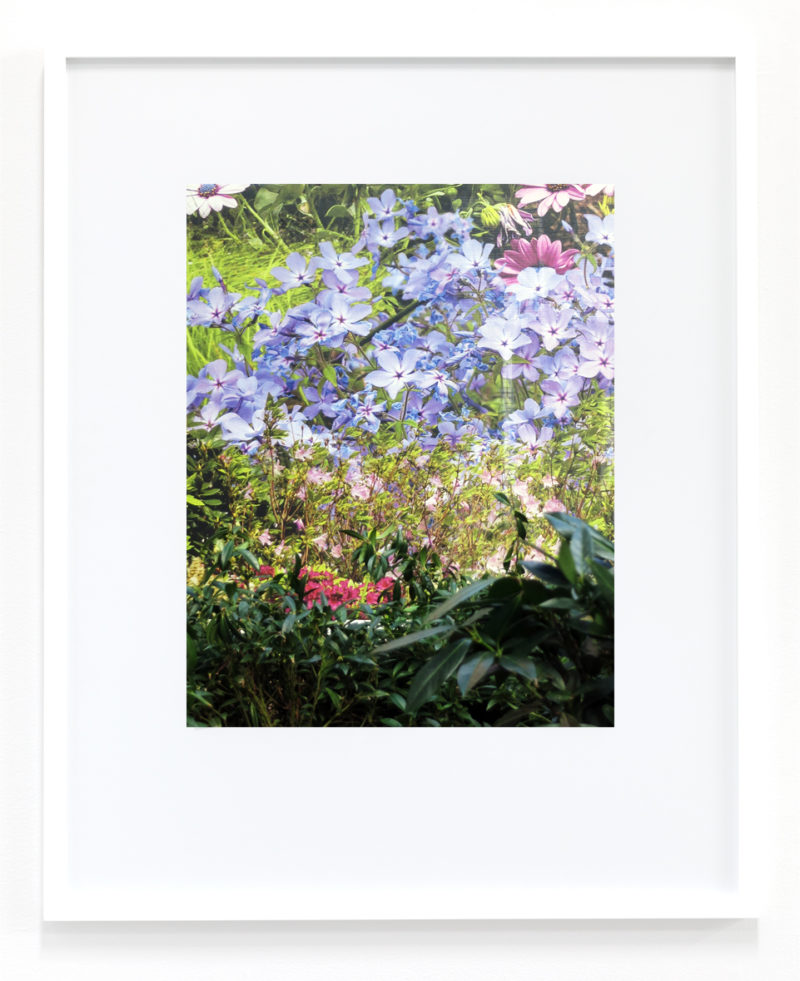
Inkjet print
19h x 14w in
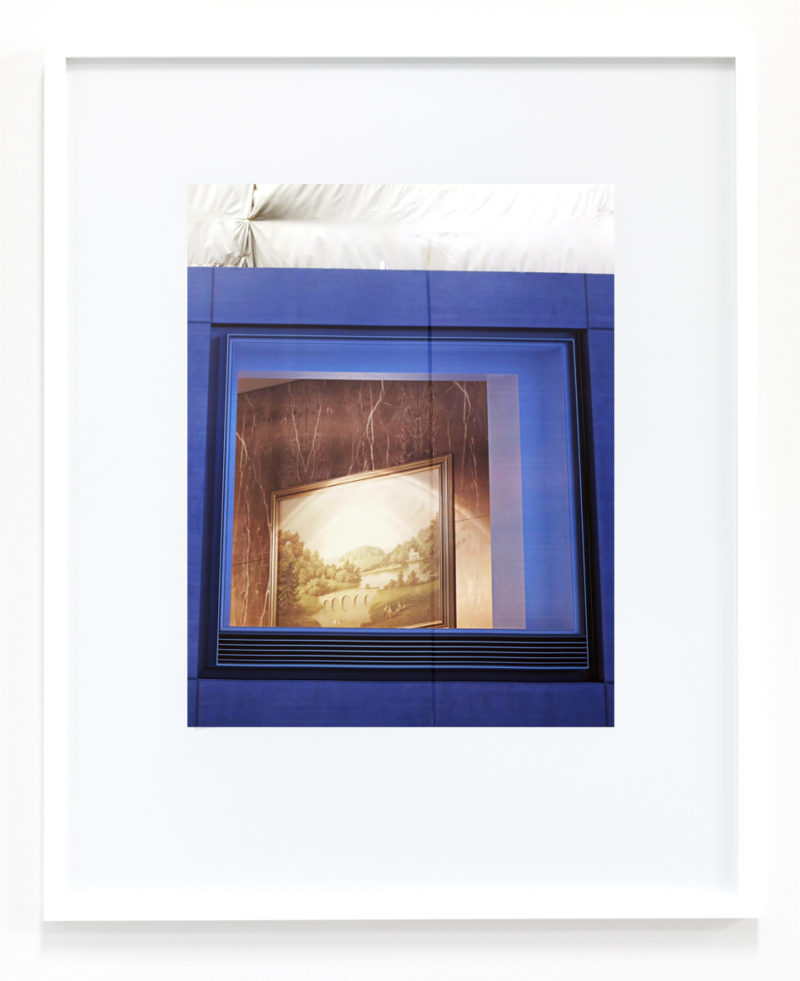
Inkjet Print
19h x 14w in
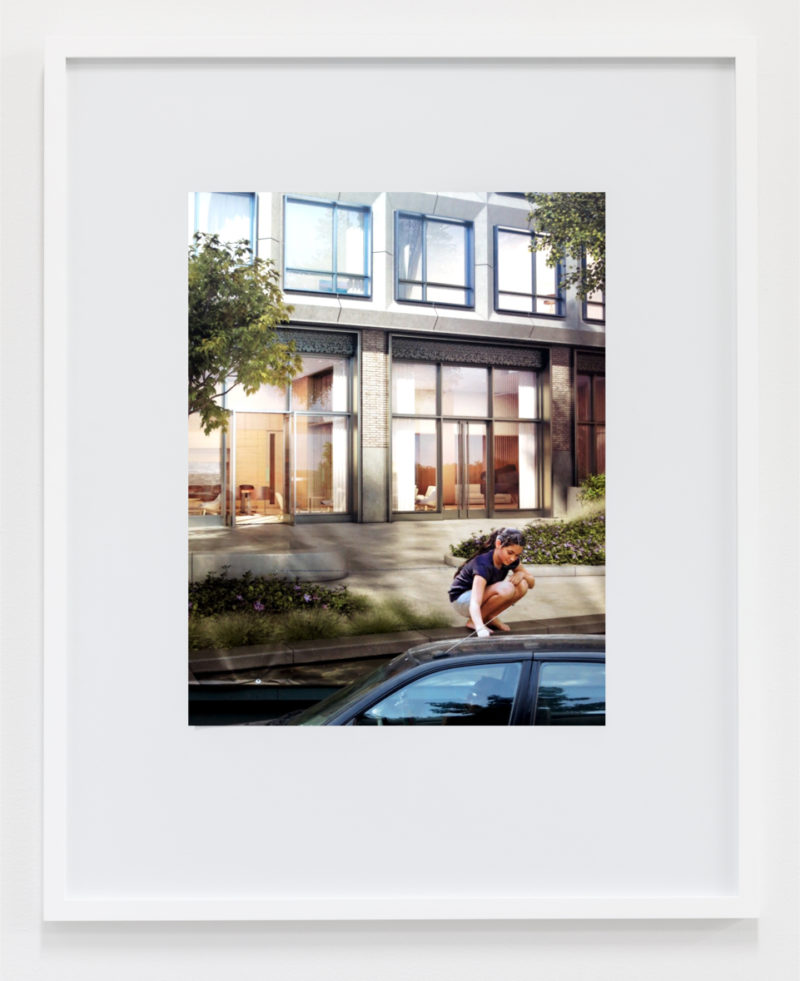
Inkjet Print
19h x 14w in
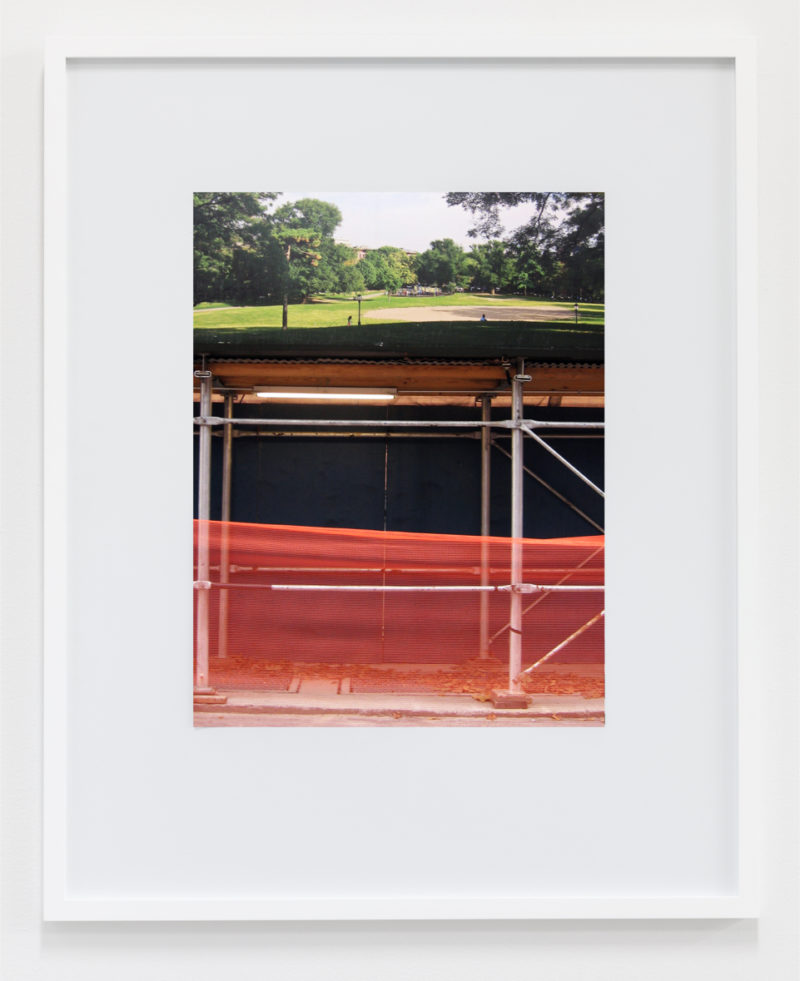
Inkjet print
19h x 14w in
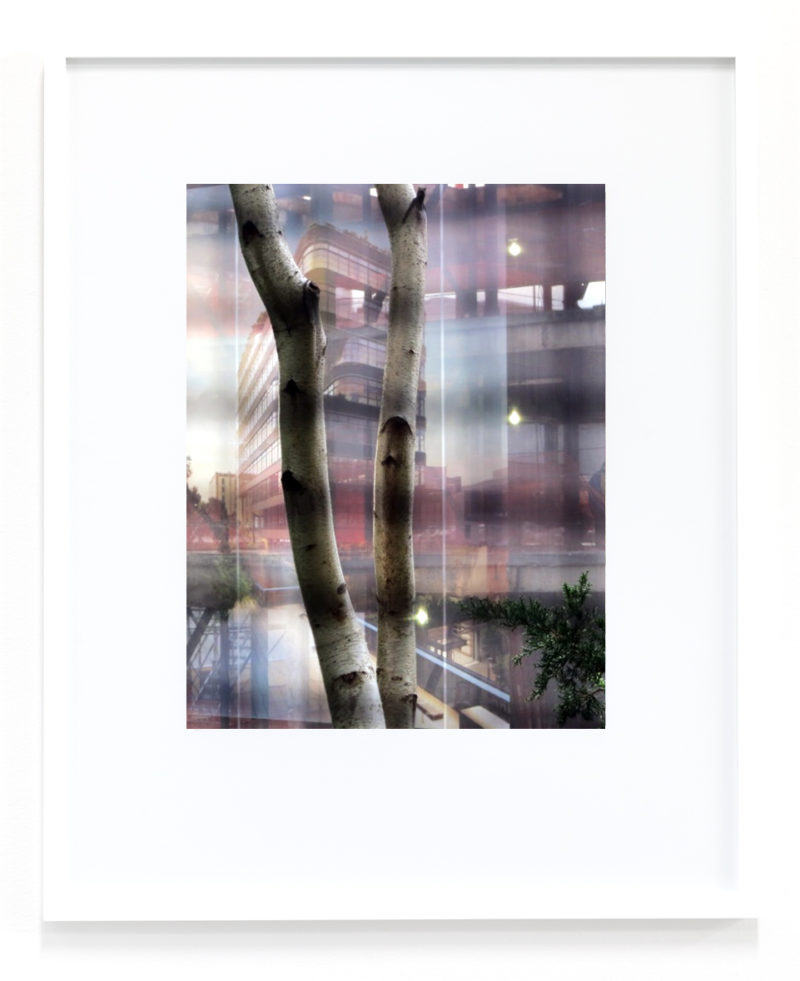
Inkjet print
19h x 14w in
Group exhibition:
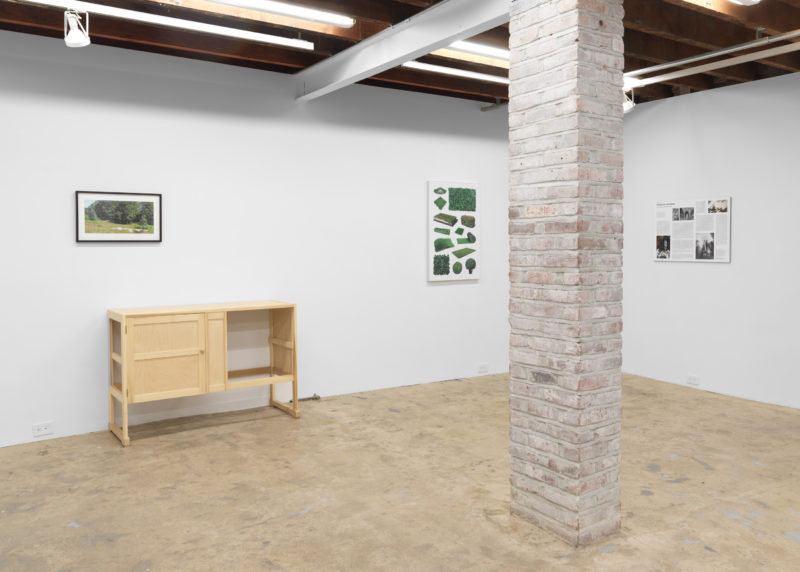
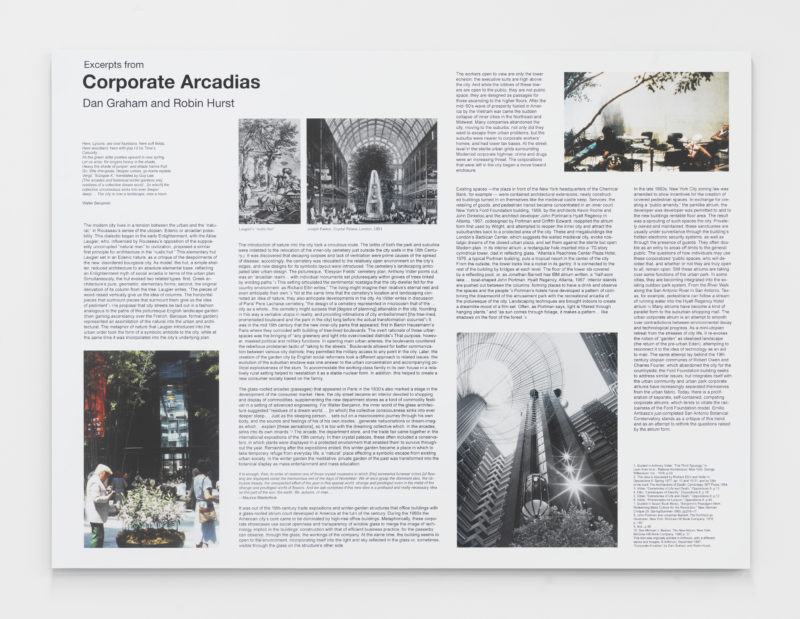
Archival inkjet print on ranger board
20.50h x 30.50w in
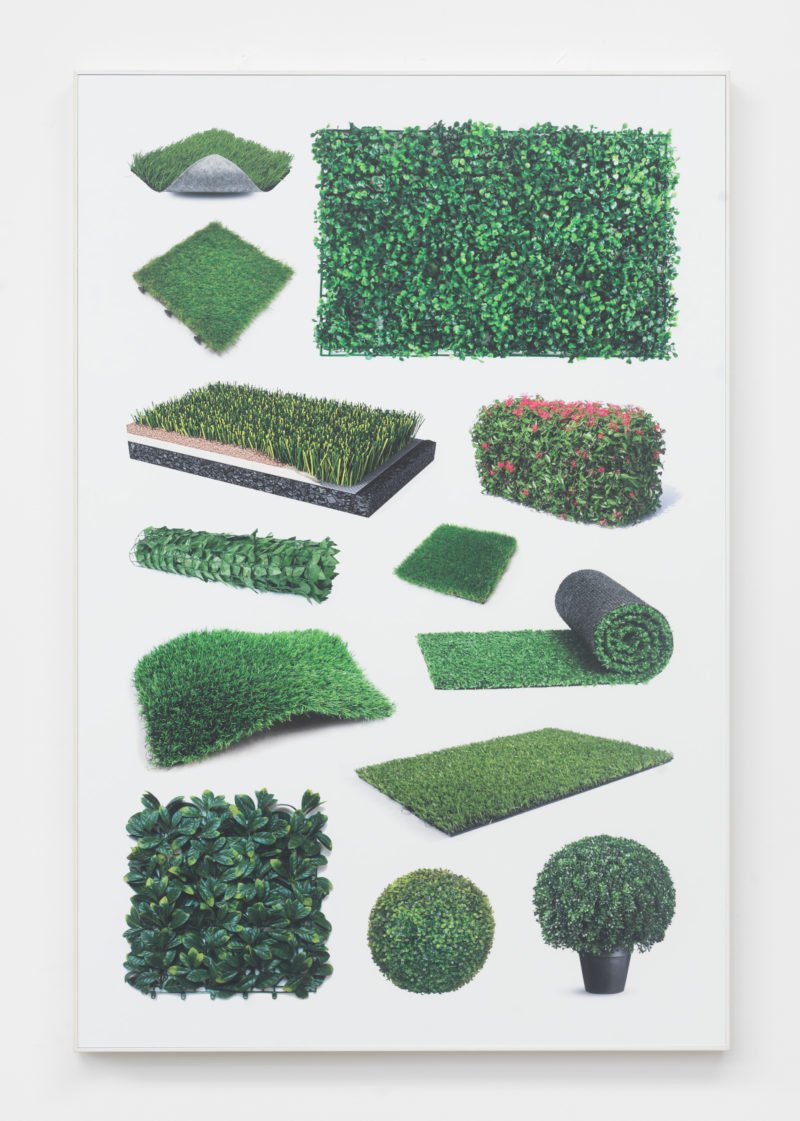
Archival inkjet print on coated aluminum
36h x 24w in
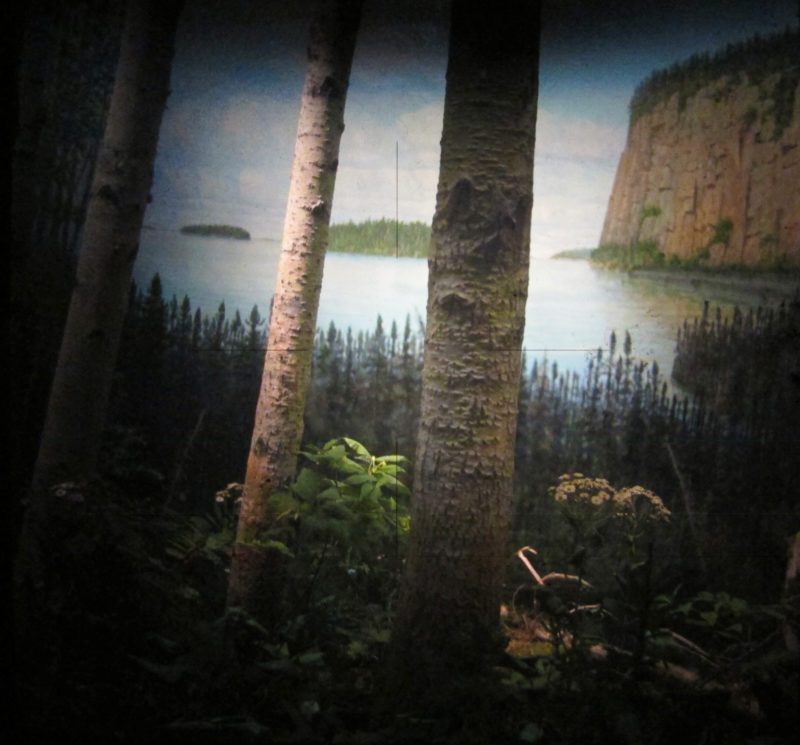
Archival Pigment Print
30h x 32w in
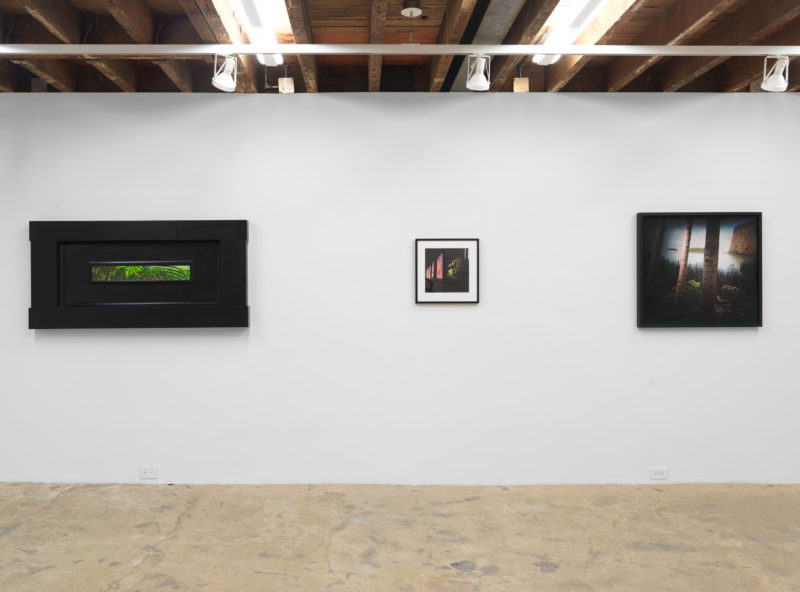
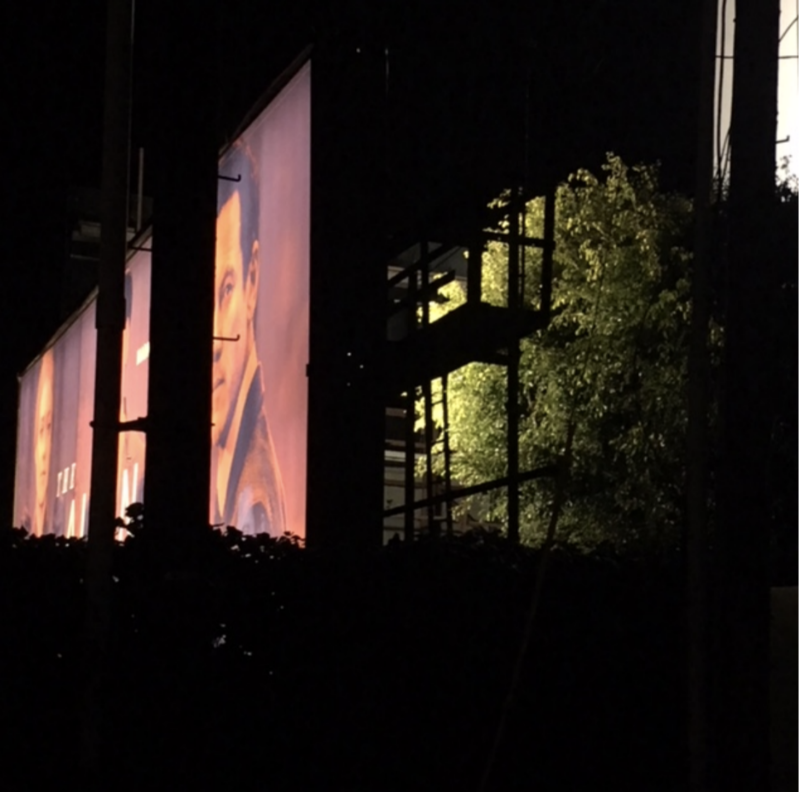
Archival Pigment Print in 4-ply mat
12h x 12w in
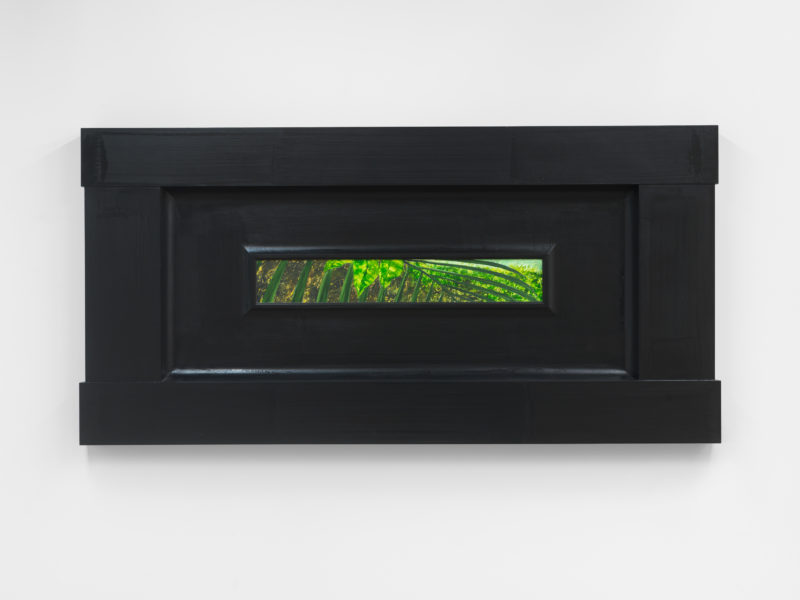
Oil on canvas in artist’s frame
28.25h x 57.50w x 3.50d in
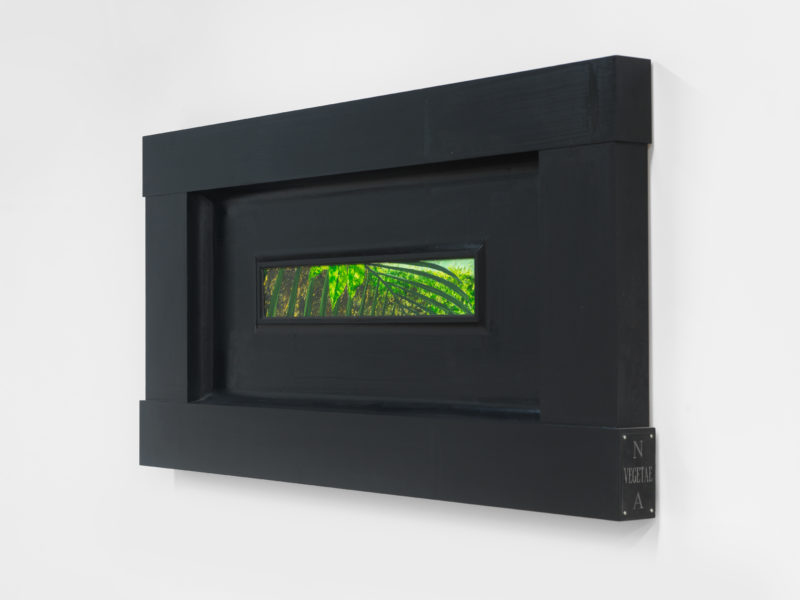
Oil on canvas in artist’s frame
28.25h x 57.50w x 3.50d in
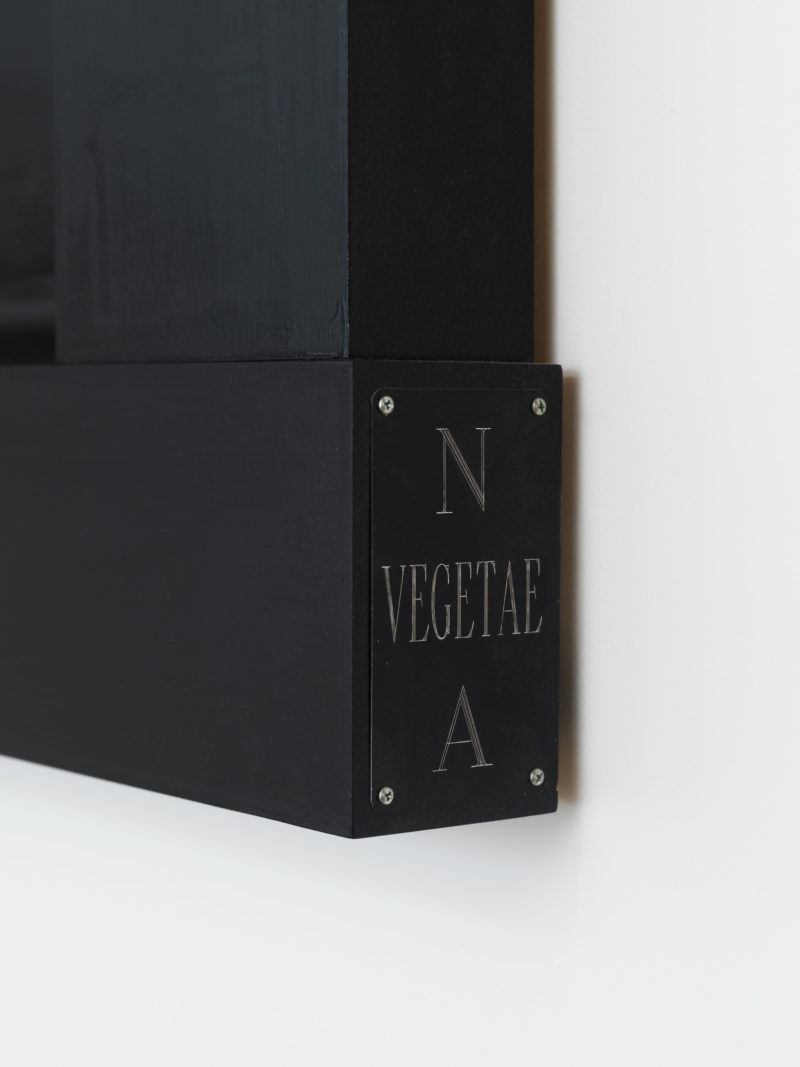
Oil on canvas in artist’s frame
28.25h x 57.50w x 3.50d in
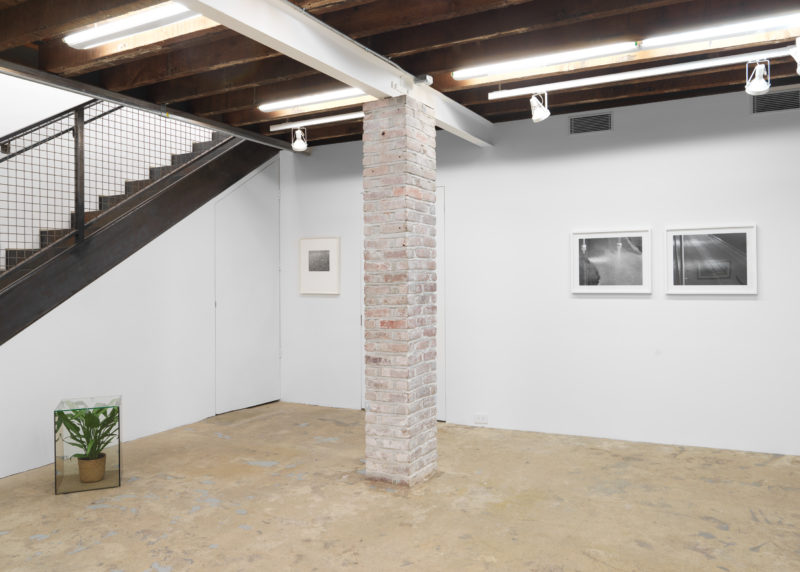
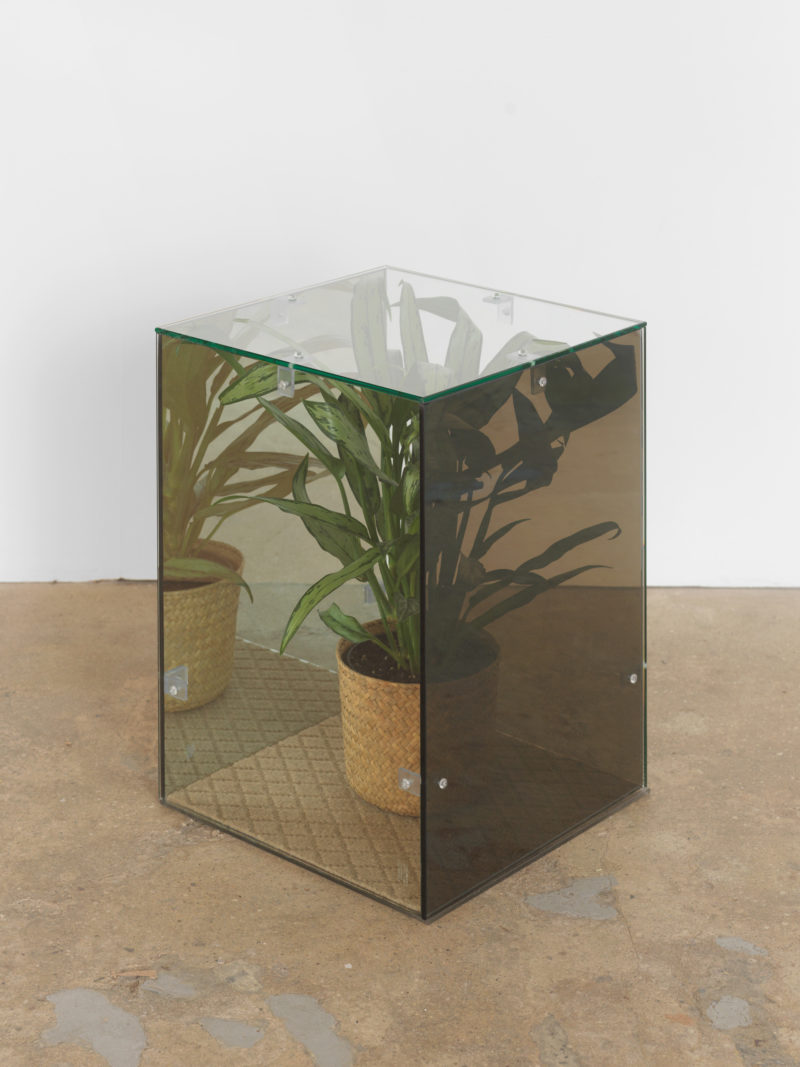
Glass, Acrylic, Sliver Queen plant
20.50h x 14.50w x 14.50d in
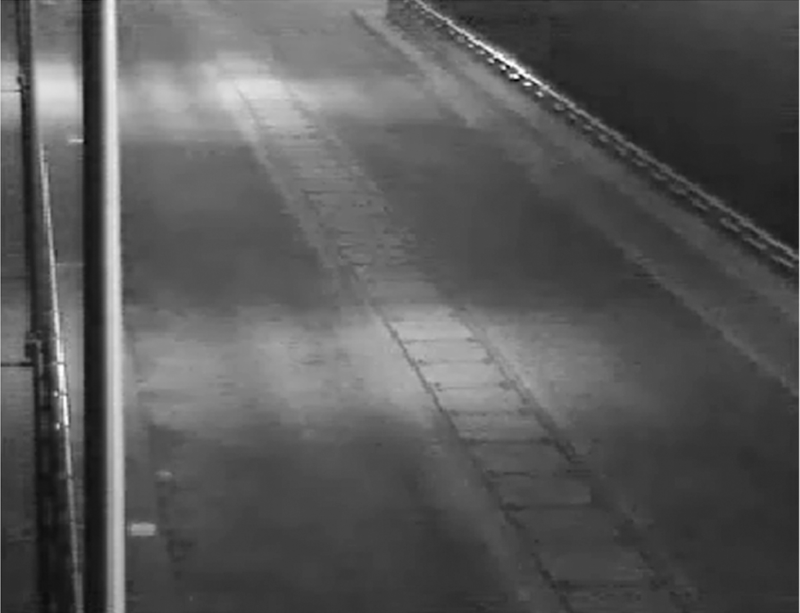
Archival Inkjet Print
18.50h x 23w in
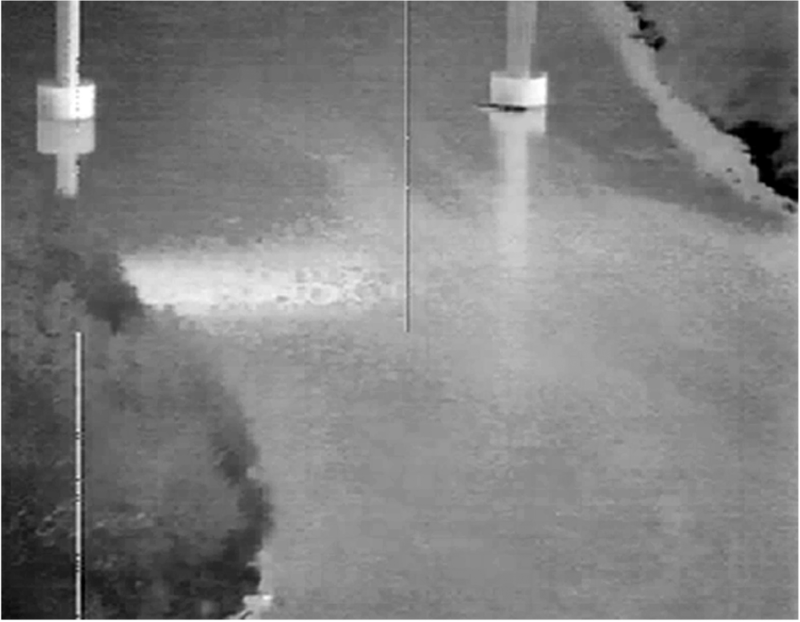
Archival Inkjet Print
18.50h x 23w in
Arcadias
Peter Scott
+
Jennifer Bolande, Ethan Breckenridge, Francis Cape, Vija Celmins, Barbara Ess, Jeff Gibson, Dan Graham + Robin Hurst, Neil Jenney, Virginia Inés Vergara
February 18 – March 25, 2018
“The crowd was the veil from behind which the familiar city as phantasmagoria beckoned to the âneur. In it, the city was now landscape, now a room.”
— Walter Benjamin, The Arcades Project
From midtown’s corporate atriums of the 1970s and 80s to today’s High Line Park in Chelsea, the presence of nature in the contemporary city speaks to a need to beautify as well as an urge to cleanse the complex social organism that is the urban environment. Drawing on pastoral imagery of natural innocence found in Arcadian myths of a pre-civilization harmony between humanity and nature, parks and gardens in the city center offer a picturesque remove, providing an imaginary alternative to the despoiling effects of civilization.
Despite the near universal appeal of nature, it is rarely evenly dispersed within the urban environment. Providing an amenity to enhance neighborhoods (Chelsea’s West Side) or new development (The Hudson Yards), the introduction of “nature in the city” reshapes socioeconomic conditions while veiling its effect via nature’s implicit “goodness”, promoting a sense of inevitability of urban growth (and displacement) as a “natural” occurrence.
Working with the themes of nature, urbanism and media, Peter Scott’s exhibition, Arcadias, includes photographs documenting life-size ads found within luxury residential construction sites, which collapse distinctions between public and private realms. Contrasting with the workaday reality of buildings in progress, the illusionistic properties of the oversized ads are sometimes mistaken for reality, as dreams of pastoral urban living overshadow the banal infrastructure that will bring them into being.
Halfway between what was and what will be, Arcadias documents an urbanism in transition, revealing the significance of fantasy and display in the ongoing reshaping of the city’s neighborhoods. Conveying disorienting qualities of a mediated urban space where images of nature are invoked to help authenticate an urban lifestyle that’s increasingly theatrical, Arcadias engages with an urban image world where “trusted” signs of nature sometimes distort or conflict with the reality of the world around us.
Arcadias continues in the downstairs gallery with a group exhibition featuring works by Jennifer Bolande, Ethan Breckenridge, Francis Cape, Vija Celmins, Barbara Ess, Jeff Gibson, Dan Graham and Robin Hurst, Neil Jenney, and Virginia Inés Vergara which address issues of nature and simulation, power relations within landscape conventions, and the re-presentation of “the natural” within an urban setting.
Peter Scott is an artist, writer, curator, and director of the non-profit gallery carriage trade. He has exhibited his artwork internationally at institutions such as Société, Brussels, Belgium; Pavillon de l’Arsenal, Paris, France; Galerie Sophie Scheidecker, Paris, France; and Kunstbunker, Nuremburg, Germany. His work has been exhibited in New York at White Columns, The Brooklyn Museum, The Emily Harvey Foundation, Koenig & Clinton Gallery, Marianne Boesky Gallery, Martos Gallery, 3A Gallery, Momenta Art, among other venues, and is currently included in the exhibition White Covers at Frederic de Goldschmidt’s collection in Brussels. His writing on art and culture has appeared in The Brooklyn Rail, Art Monthly, artnet, and The Architect’s Newspaper, as well as several exhibition catalogs. His projects have been featured in Time Magazine, The New Yorker, The Huffngton Post, The New York Times, The Observer, The Village Voice, The Boston Globe, Frieze, Hyperallergic, artnet magazine, among other publications.
Jennifer Bolande (b. 1957 in Cleveland, OH) works across mediums—photography, sculpture, sound, film—bringing rigor and poetry to her nuanced observations and framing of the objects, forms and relationships integral to our everyday lives. Her photographic sculptures make use of an associative strategy that at first seems effortless, but that on closer examination spirals outward from object to medium to other artworks to the culture at large. In 2012, a thirty-year retrospective of her work was organized by INOVA in Milwaukee, Wisconsin, and later traveled to the Institute of Contemporary Art, Philadelphia and the Luckman Gallery at California State University, Los Angeles. She is Professor of New Genres in the Department of Art at UCLA and lives and works in Los Angeles.
Ethan Breckenridge (b. 1977 in Madison, WI) is a New York-based artist whose work examines the presentation and rhetoric of social systems and values through social practice, sculpture and installation. Often involving staged scenarios and environments, Breckenridge mimics and recreates transitory spaces such as lobbies and office spaces. His recent sculptures and performances seek to transform the value of ordinary consumer goods and products through their re-appropriation and distribution. His work has been exhibited at the Zabludowicz Collection, London, UK; Socrates Sculpture Park. Queens, NY; and 2006 Whitney Biennial, Whitney Museum of American Art, New York, NY, among many others. Breckenridge lives and works in New York.
Francis Cape (b.1952 in Lisbon, Portugal) was trained as woodworker before receiving his M.F.A. from Goldsmiths College. Cape’s art engages traditions of radical craft in the service of political awareness; his cabinetry-and-architecture-based projects resonate with symbolic value. Cape’s consideration of carpentry as a site for investigating functionality and the art object invites an aesthetic reading of furniture that was designed to be almost purely utilitarian. Cape uses this aesthetic space for considering a host of difficult issues relating to a general cycle of American production and consumption, and to the legacy of modernist debates surrounding utility and ornamentation, social idealism and mass consumerism. Cape lives and works in Narrowsburg, New York.
Vija Celmins (b. 1938 in Riga, Latvia) has long been admired for her meticulous renderings of natural imagery, including ocean waves, desert floors, and night skies. Her paintings, sculptures, drawings, and prints depict scenes that are too vast or mercurial to be fixed in the mind’s eye. By the end of the 1960s, when she first developed her all-over compositions of waves, rocks, and celestial bodies, she had set aside paint in favor of graphite and charcoal. When she began painting again in the 1980s, drawing and printmaking remained central to her art. Celmins has been the subject of over forty solo exhibitions since 1965, and major retrospectives at the Museum of Modern Art, Whitney Museum of American Art, Los Angeles County Museum of Art, Institute of Contemporary Arts, London, and Centre Pompidou, Paris. Celmins currently lives and works in New York.
Barbara Ess (b. 1948 in Brooklyn, NY) is renowned for her unique use of the pinhole camera and other mediated photography. Her haunting images describe a mysterious world of seemingly mundane surfaces where everyday objects are mantled in inscrutability. Her recent photographs were taken from a surveillance site on the Texas/Mexico border. Ess signed up as an online “deputy sheri ” and had access to 700 low-resolution, heat sensitive night vision cameras. Ess’s is a conscious quest to explore what she calls “ambiguous perceptual boundaries: between people, between the self and the not self, between in here and out there.” She is Associate Professor of Photography at Bard College, Annandale, NY and lives and works in New York.
Jeff Gibson is an Australian-born artist and critic who works in a variety of media and contexts—photography, video, prints, posters, banners, and books for galleries and public spaces. A former senior editor of Art&Text magazine, Gibson moved to New York in 1998 to work for Artforum, where he is currently managing editor. Gibson has exhibited on the Panasonic Astrovision screen in Times Square as part of Creative Time’s “59th Minute” program, mounted solo shows at the New York Academy of Sciences, Stephan Stoyanov Gallery (New York), and The Suburban (Chicago and Milwaukee), the Everson Museum of Art in Syracuse, New York, and the 2014 Whitney Biennial. In 2016, Gibson produced a billboard, titled Armagarden, for the I-70 Sign Show, a curated program of artworks occupying advertising sites on the Missouri interstate.
Dan Graham (b. 1942 Urbana, IL) has traced the symbiosis between architectural environments and their inhabitants for fifty years. With a practice that encompasses curating, writing, performance, installation, video, photography and architecture, his analytical bent first came to attention with Homes for America (1966–67), a sequence of photos of suburban development in New Jersey, USA, accompanied by a text charting the economics of land use and the obsolescence of architecture and craftsmanship. Graham’s critical engagement manifests most alluringly in the glass and mirrored pavilions, which he has designed since the late 1970s and which have been realized in sites all over the world. Graham lives and works in New York.
Neil Jenney‘s (b. 1945 in Torrington, CT) distinctive art emerged in the late 1960s in direct response to the dominance of Minimalism and Photorealism—a purposefully rough, gestural painting style in works that came to be known as “bad painting.” In the 1970s, Jenney began producing studies of the natural world that he called “good painting.” These paintings treat ecological issues pertaining to the native North American landscape with a sense of subjectivity that verges on mythological. Encased in hyperbolic wooden picture frames with bold typographic titles at the lower or side edge, the paintings are windows onto meta-realities. At the same time, their blatant framing ensures a distinct separation from the illusory world; they are as sculptural as they are painterly. Jenney currently lives and works in New York.
Virginia Inés Vergara is a Chilean American artist born and raised in New York City. Her photographic work embodies meditations on light, perception and proximity. In her ‘Glass-Scape’ series, Vergara photographs wildlife dioramas at New York City’s American Museum of Natural History using multiple cameras to transform fictive environments and manipulate three-dimensional space into flattened images, drawing attention to artificiality in relation to the “original” natural scene as well as to the ersatz quality of the dioramas. Vergara received a B.F.A. from the Rhode Island School of Design and an M.F.A. in photography from Hunter College, and maintains a studio practice in Harlem.
